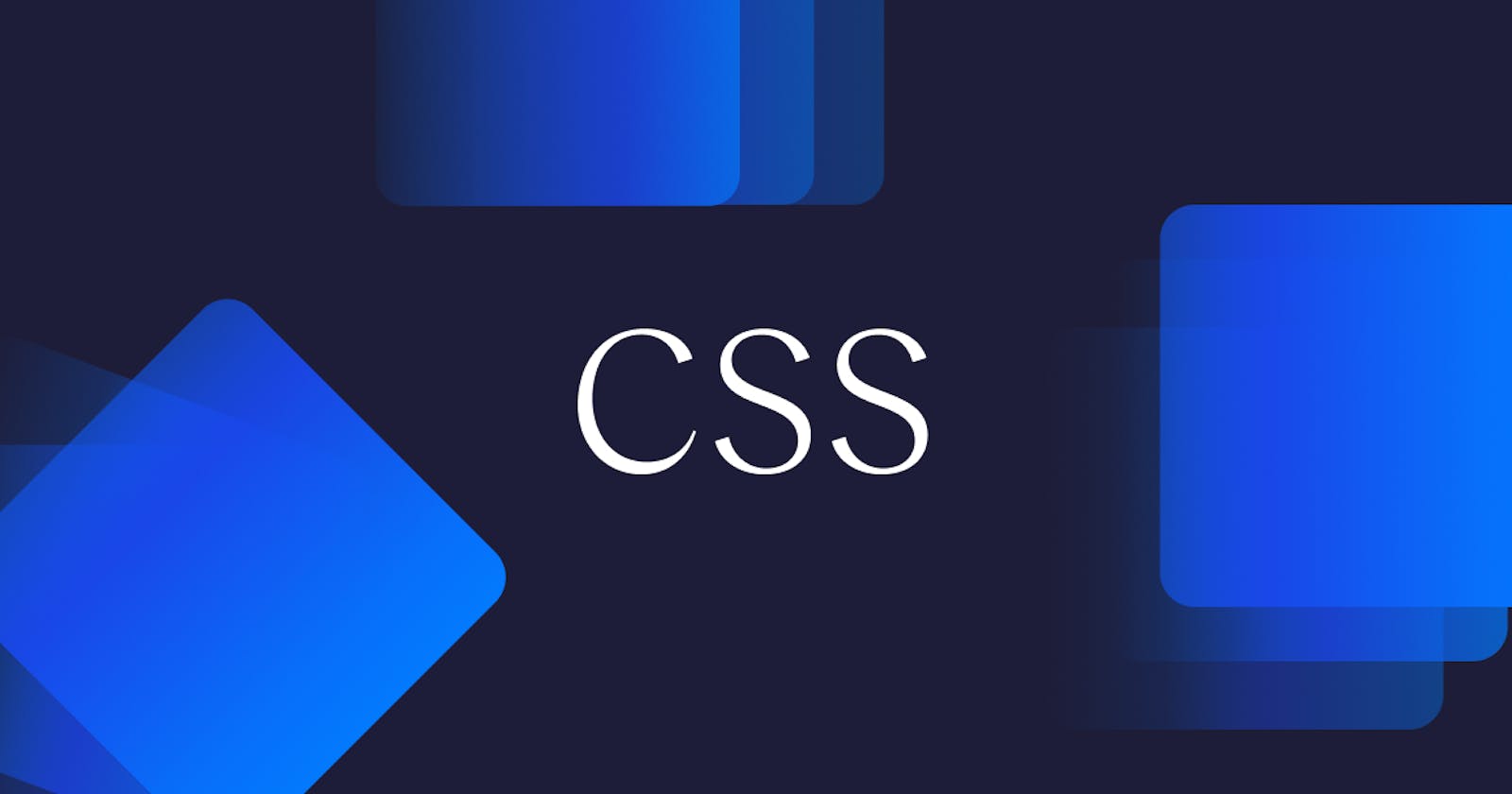In the vast landscape of web development, CSS stands as a cornerstone. For a full-stack developer, mastering CSS isn't just an option; it's a necessity. From structuring the layout of a webpage to fine-tuning its visual aesthetics, CSS plays a pivotal role in creating engaging and user-friendly experiences. In this guide, we'll delve into essential CSS skills that every full-stack developer should grasp.
Understanding the Basics
CSS, an abbreviation for Cascading Style Sheets, is a language used to style the presentation of HTML elements on a webpage. It provides the means to control layout, colors, fonts, and other visual aspects. Before diving into advanced topics, it's crucial to have a solid understanding of the basics.
Selectors: Selectors are patterns used to select HTML elements that you want to style. They target elements by their tag name, class, ID, or attributes.
Properties and Values: CSS properties define the visual characteristics of selected elements, such as color, font size, margin, padding, etc. Each property is assigned a value that determines its specific appearance.
Box Model: The box model describes how elements are rendered on the page, including content, padding, border, and margin. Understanding the box model is essential for creating layouts with proper spacing and alignment.
Layout and Positioning
Creating responsive and visually appealing layouts is a fundamental skill for any full-stack developer. CSS offers various techniques for achieving flexible and adaptive designs.
Flexbox: Flexbox is a layout model that allows for efficient distribution of space among items in a container, even when their sizes are unknown or dynamic. It simplifies tasks like aligning items vertically or horizontally and controlling their order.
Grid: CSS Grid Layout provides a two-dimensional grid system for laying out content in rows and columns. It offers precise control over both the placement and alignment of elements, making it ideal for complex layouts.
Positioning: CSS positioning allows you to precisely place elements within a document. The position property, along with values like relative, absolute, and fixed, enables fine-grained control over element positioning on the page.
Responsive Design
With the proliferation of mobile devices, responsive design has become a standard practice in web development. Responsive websites adapt their layout and content to fit different screen sizes and devices.
Media Queries: Media queries allow you to apply specific CSS rules based on characteristics such as screen width, height, and orientation. They enable you to create layouts optimized for various devices, from smartphones to desktops.
Viewport Units: Viewport units (vw, vh, vmin, vmax) are CSS units that represent a percentage of the viewport's dimensions. They are useful for creating fluid layouts that adapt smoothly to different screen sizes.
Optimizing Performance
In addition to visual design, CSS can also impact the performance of a webpage. Optimizing CSS delivery and minimizing render-blocking resources are crucial for ensuring fast load times and a smooth user experience.
CSS Preprocessors: Preprocessors like Sass and Less extend the capabilities of CSS by introducing features like variables, mixins, and nested rules. They help streamline the development workflow and produce more maintainable stylesheets.
CSS Minification: Minifying CSS involves removing unnecessary characters (such as whitespace and comments) to reduce file size. This can significantly improve loading times, especially on slow network connections.
Critical CSS: Critical CSS refers to the subset of CSS required to render above-the-fold content—the portion of a webpage visible without scrolling. By prioritizing the delivery of critical CSS, you can accelerate the initial rendering of your pages.
Cross-Browser Compatibility
Ensuring consistency across different web browsers is a common challenge for developers. CSS prefixes, vendor-specific extensions, and feature detection techniques can help address compatibility issues.
Vendor Prefixes: Vendor prefixes are browser-specific prefixes added to CSS properties to implement experimental or non-standard features. While they can be useful for supporting older browsers, they should be used judiciously to avoid bloating stylesheets.
Feature Detection: Feature detection involves testing whether a browser supports a particular CSS feature before applying it. Modernizr is a popular JavaScript library that facilitates feature detection and enables graceful degradation for unsupported features.
Conclusion
Mastering CSS is a journey that requires continuous learning and practice. By understanding the fundamentals, mastering layout techniques, embracing responsive design principles, optimizing performance, and addressing cross-browser compatibility, full-stack developers can create exceptional web experiences that delight users across diverse devices and platforms. Whether you're building a simple blog or a complex web application, CSS proficiency is indispensable for success in the ever-evolving world of web development. Enrolling in a Full Stack Development course in Gwalior, Indore, Lucknow, Delhi, Noida, or any location in India can provide you with the comprehensive skills and knowledge needed to excel in this field.
